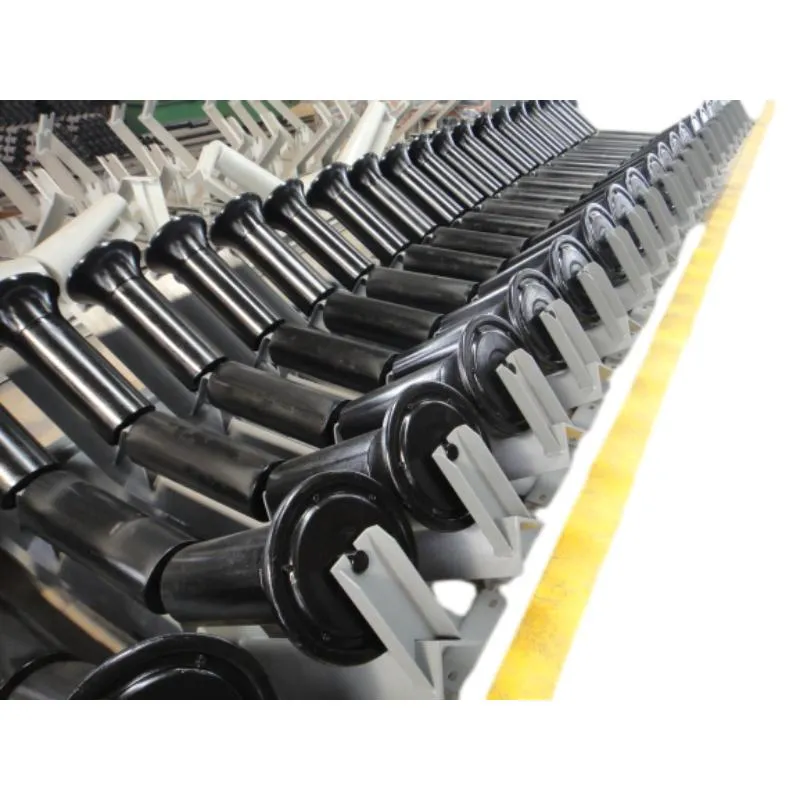 Afrikaans
Afrikaans  Albanian
Albanian  Amharic
Amharic  Arabic
Arabic  Armenian
Armenian  Azerbaijani
Azerbaijani  Basque
Basque  Belarusian
Belarusian  Bengali
Bengali  Bosnian
Bosnian  Bulgarian
Bulgarian  Catalan
Catalan  Cebuano
Cebuano  Corsican
Corsican  Croatian
Croatian  Czech
Czech  Danish
Danish  Dutch
Dutch  English
English  Esperanto
Esperanto  Estonian
Estonian  Finnish
Finnish  French
French  Frisian
Frisian  Galician
Galician  Georgian
Georgian  German
German  Greek
Greek  Gujarati
Gujarati  Haitian Creole
Haitian Creole  hausa
hausa  hawaiian
hawaiian  Hebrew
Hebrew  Hindi
Hindi  Miao
Miao  Hungarian
Hungarian  Icelandic
Icelandic  igbo
igbo  Indonesian
Indonesian  irish
irish  Italian
Italian  Japanese
Japanese  Javanese
Javanese  Kannada
Kannada  kazakh
kazakh  Khmer
Khmer  Rwandese
Rwandese  Korean
Korean  Kurdish
Kurdish  Kyrgyz
Kyrgyz  Lao
Lao  Latin
Latin  Latvian
Latvian  Lithuanian
Lithuanian  Luxembourgish
Luxembourgish  Macedonian
Macedonian  Malgashi
Malgashi  Malay
Malay  Malayalam
Malayalam  Maltese
Maltese  Maori
Maori  Marathi
Marathi  Mongolian
Mongolian  Myanmar
Myanmar  Nepali
Nepali  Norwegian
Norwegian  Norwegian
Norwegian  Occitan
Occitan  Pashto
Pashto  Persian
Persian  Polish
Polish  Portuguese
Portuguese  Punjabi
Punjabi  Romanian
Romanian  Russian
Russian  Samoan
Samoan  Scottish Gaelic
Scottish Gaelic  Serbian
Serbian  Sesotho
Sesotho  Shona
Shona  Sindhi
Sindhi  Sinhala
Sinhala  Slovak
Slovak  Slovenian
Slovenian  Somali
Somali  Spanish
Spanish  Sundanese
Sundanese  Swahili
Swahili  Swedish
Swedish  Tagalog
Tagalog  Tajik
Tajik  Tamil
Tamil  Tatar
Tatar  Telugu
Telugu  Thai
Thai  Turkish
Turkish  Turkmen
Turkmen  Ukrainian
Ukrainian  Urdu
Urdu  Uighur
Uighur  Uzbek
Uzbek  Vietnamese
Vietnamese  Welsh
Welsh  Bantu
Bantu  Yiddish
Yiddish  Yoruba
Yoruba  Zulu
Zulu head pulley and tail pulley
Understanding the Head Pulley and Tail Pulley in Conveyor Systems
In the realm of conveyor systems, the head pulley and tail pulley are two critical components that play essential roles in the efficient movement of materials. These pulleys are integral to the mechanics of belt-driven transport systems, widely used in industries such as mining, manufacturing, and logistics. Understanding their function and importance can help in optimizing conveyor operations and ensuring seamless material handling.
The Head Pulley The Engine of the Conveyor
The head pulley, often referred to as the drive pulley, is located at the discharge end of the conveyor system. It is crucial for controlling the movement of the conveyor belt and drives the system forward. This pulley is typically powered by an electric motor via a series of gears or belts, facilitating the transfer of energy to the conveyor belt.
The head pulley’s primary functions include
1. Belt Movement As the motor powers the head pulley, it rotates and moves the conveyor belt along the designated path, transporting materials from one point to another. 2. Material Discharge The head pulley is positioned in such a way that when the belt reaches its end, the materials being carried are discharged effectively into the desired location, whether it be a collection area, another conveyor, or a storage unit. 3. Belt Tension Management Proper tension in the conveyor belt is vital for minimizing wear and tear. The head pulley helps maintain this tension, ensuring the belt does not slip off during operations.
To optimize the performance of the head pulley, it is crucial to consider factors such as pulley's diameter, material composition, and maintenance practices. Regular inspections and adjustments to alignments can prevent issues that could lead to costly downtime.
The Tail Pulley The Pivot Point
head pulley and tail pulley

Located at the opposite end of the head pulley, the tail pulley serves several significant purposes. It is positioned at the start of the conveyor where the belt returns to pick up more material. While it does not drive the conveyor, its functions are equally important.
Key functions of the tail pulley include
1. Conveying Belt Return After the material is discharged from the head pulley, the belt travels back to the tail pulley to complete the circuit. This return path is essential for continuous operation. 2. Supporting the Conveyor Structure The tail pulley adds structural stability to the conveyor system, supporting the weight of the belt and any materials still attached while helping to maintain the overall alignment of the conveyor. 3. Tension Maintenance Like the head pulley, the tail pulley also aids in maintaining the tension of the conveyor belt. This is crucial to avoid sagging between pulleys, which could lead to misalignment and potential operational failures.
Maintenance and Efficiency
Both head and tail pulleys require regular maintenance to ensure efficient operation. Common maintenance practices include checking for wear and tear, ensuring proper lubrication of bearings, and monitoring pulley alignment. Any misalignment can lead to increased stress on the belt, potentially causing it to fail.
Additionally, there are advancements in pulley design and materials that enhance durability and performance. Rubberized or ceramic coatings can reduce wear and improve traction, while advanced sealing technologies can protect against dirt and environmental factors.
Conclusion
In summary, the head pulley and tail pulley play pivotal roles in the functionality of conveyor systems. By understanding their specific functions, operators can implement better maintenance practices, leading to improved efficiency, reduced downtime, and prolonged equipment life. In industries relying on mass material transport, optimizing the performance of these components ultimately contributes to overall productivity and cost-effectiveness. The systematic integration and care of these pulleys are critical to the successful operation of conveyor systems, making them indispensable in modern industrial applications.
-
Revolutionizing Conveyor Reliability with Advanced Rubber Lagging PulleysNewsJul.22,2025
-
Powering Precision and Durability with Expert Manufacturers of Conveyor ComponentsNewsJul.22,2025
-
Optimizing Conveyor Systems with Advanced Conveyor AccessoriesNewsJul.22,2025
-
Maximize Conveyor Efficiency with Quality Conveyor Idler PulleysNewsJul.22,2025
-
Future-Proof Your Conveyor System with High-Performance Polyurethane RollerNewsJul.22,2025
-
Driving Efficiency Forward with Quality Idlers and RollersNewsJul.22,2025





























